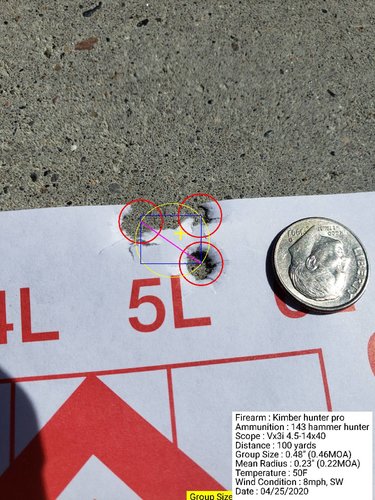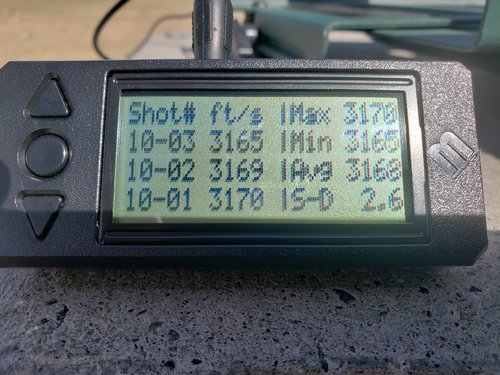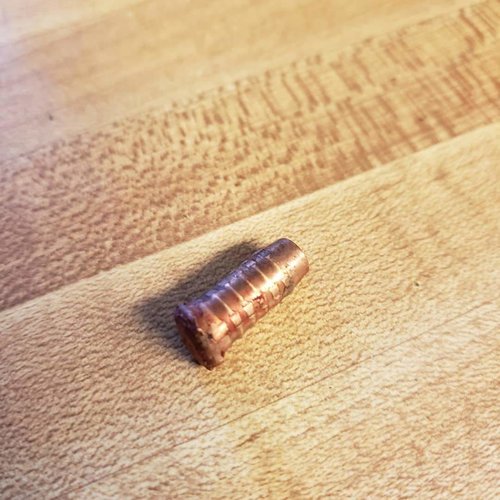CasperOutdoorsman719
Member
- Joined
- Jun 20, 2011
- Messages
- 57
Working up a load for my 270 and would like to go with a mono-metal bullet. I have shot Barnes in the past but have heard good things about Hammer bullets. I am wondering if anybody would share personal experiences with Hammer Bullets specifically the performance on animals. I saw that the bullets shed the nose of the bullet and then leave the shank to pass through the animal with minimal expansion. To me, that sounds almost like bullet failure but I am open to learn new things.








